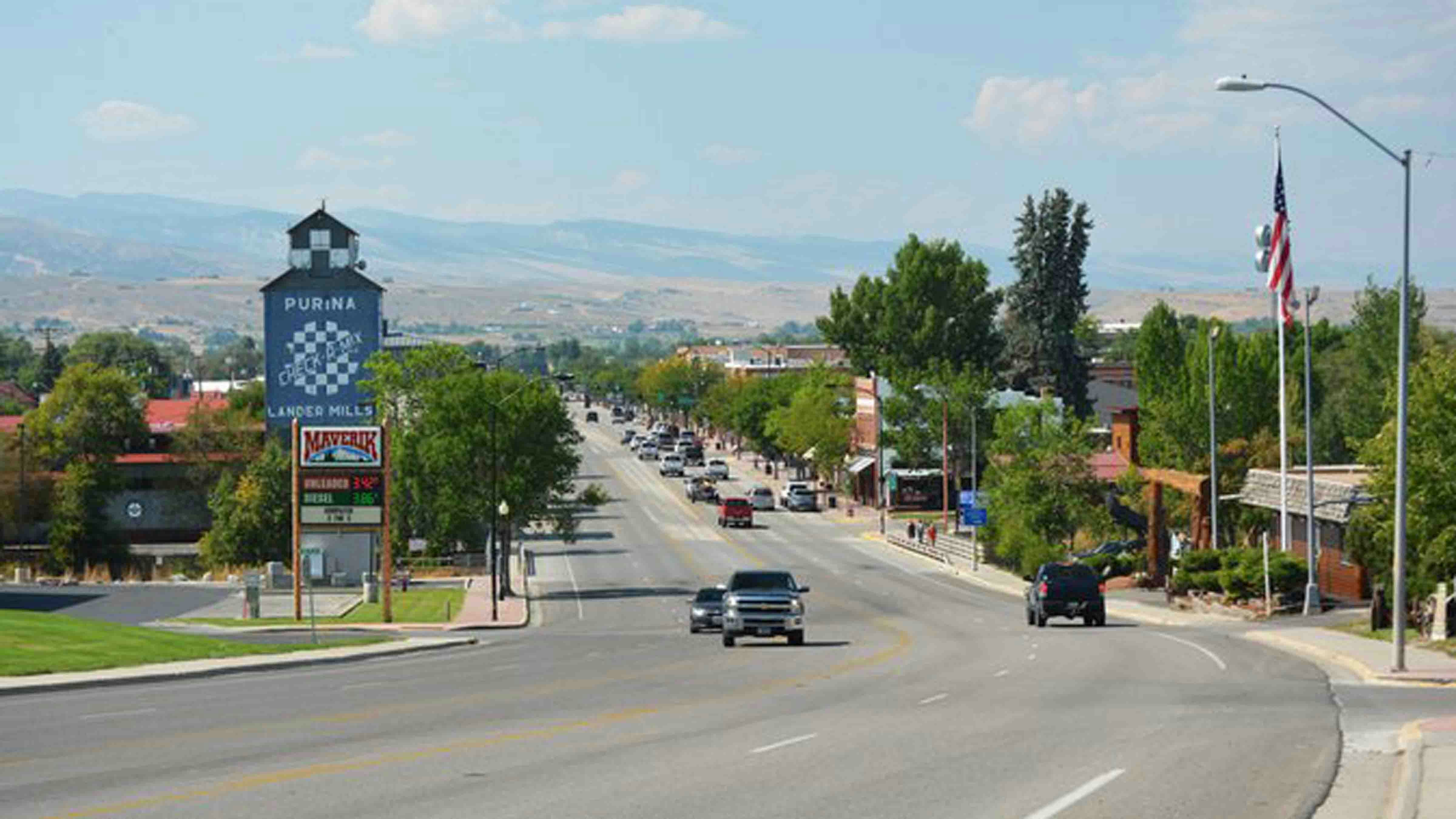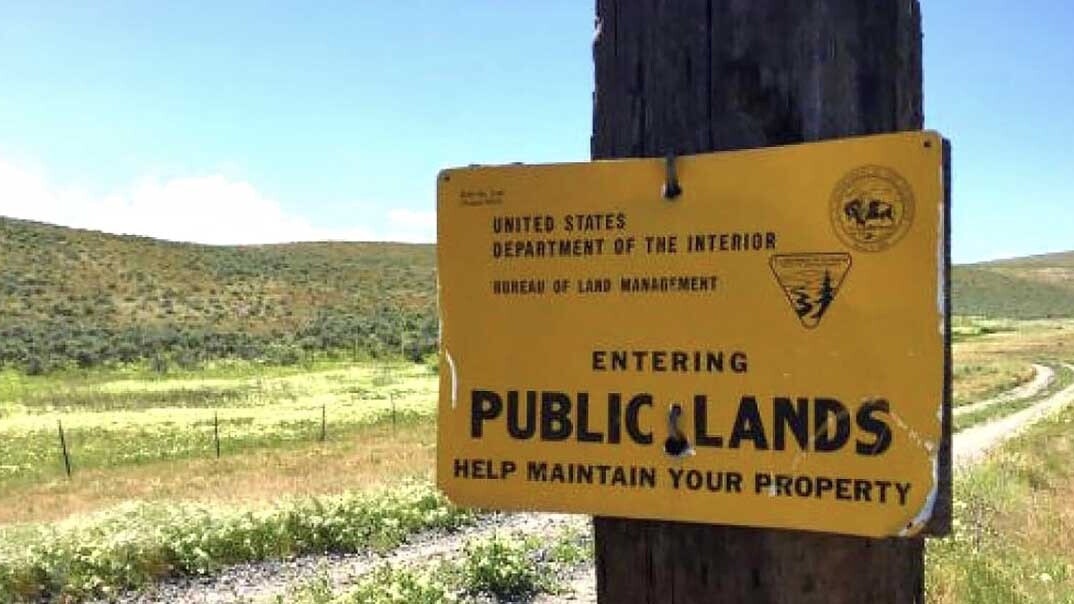Dear editor:
In a recent column, Rod Miller asserted that wild horses are an invasive species in this country and should be treated as such, that is, eliminated. Miller’s assessment of the biological status of horses, which is identical to and as outmoded as that of the Bureau of Land Management, is simply incorrect, as it is based on a disturbingly shallow appreciation of the relevant scientific facts.
Let’s start with the concept of “invasive species”. Calling a species “invasive” implies a lot of things, mostly bad. It means that the species in question evolved somewhere else, has no natural role to play in its newly adopted ecosystem, and is or can be a danger to native species by outcompeting them or causing other problems, especially to ourselves.
A native species is by contrast a belonger, a citizen, a legitimate member of a larger fauna with a right to be here by virtue of origin, and therefore with a right to some level of protection or at least recognition.
There is no single definition of nativeness, but there is general agreement among biologists that, at a minimum, place and status should go together. That means that lineages that evolved in a particular place, or have occupied it for a very long time are, by any reasonable definition, native to it.
Here are a couple of examples of familiar species that I believe nearly everyone would regard as part of the native North American fauna.
The ancestry of our buffalo, Bison bison, is Asian. Some 180,000 years ago, ancestral bison populations began to cross the Bering landbridge, which joined Alaska to Siberia during the ice ages.
No one, I think, would regard the fact that our buffalo’s predecessors evolved elsewhere should disqualify it from being counted as native. In fact, it’s quite the opposite: the buffalo is now the national mammal of the USA, a status it acquired by an act of Congress in 2016.
Or consider the history of the moose, that iconic ungulate of northern North America. According to the fossil record, it was a very late immigrant from Asia, having arrived in North America only after the end of the last ice age. Should this make a difference to its status as a native North American mammal? No, but think about why the moose gets a pass and the horse doesn’t.
Equus caballus is only valid horse species living on the planet today. It is the surviving member the caballines, a specific lineage of horses that arose about 5 million years ago—in North America.
That same landbridge that let the bison in also let the caballines out, enabling them to spread throughout Europe, North Africa, and the steppes of Asia where they were eventually domesticated about 6000 years ago.
Ancient DNA evidence shows that some horse populations re-crossed the landbridge, coming back to North America and interbreeding with the stay-at-homes. Crossings and re-crossings were possible until the final disruption of the landbridge between 15,000 and 10,000 years ago.
So what finally happened to the horses living in North America, and should that affect their status? Along with many other large mammals that used to live here, horse populations collapsed around 11,000-12,000 years ago.
These losses are known as the “Pleistocene megafaunal extinctions”, in reference to the size of some but not all of the roughly 50 mammal species that disappeared around that time. Along with the horses went the mammoths, mastodons, giant ground sloths, sabertooth cats and many others; no other event in recent geological history has been as important in shaping our current fauna.
But in the last few years our understanding of this extinction event has been turned upside down, thanks again to ancient DNA. It used to be thought that overhunting by humans was responsible, directly or indirectly, for most of these losses.
The emerging consensus nowadays is that the losses were largely driven by dramatic climate change after the end of the last ice age. It also used to be thought that all of the large mammals I just mentioned had died out within a very short interval, perhaps in the course of only a few hundred years.
But thanks to research conducted by my group, there is good molecular evidence that horses survived at least in northern North America for thousands of years after the time of the big losses—at least up to about 5700 years ago.
Miller erroneously states that horses were gone by the time that humans arrived in North America. When precisely humans arrived in the new World is a contentious issue in archeology, but a minimum date would be on the order to 20-30,000 years ago, according to well authenticated dating records from Yukon, New Mexico, and southern Chile.
If horses survived until 5,700 years ago, there was enormous overlap with people. It means that endemic horses inhabited this continent during the current era, inhabiting the same ecosystems that we have (in various states of degradation) today.
True, there are a lot of years between now and 6 millennia ago. Our research is still in its early stages, and we are looking for localities that might fill the gap and tell us how long horses persisted in North America, Indigenous peoples already have an answer: horses never disappeared. Several groups are investigating this possibility, with Native American help, and we may shortly have an answer.
But would an even more recent date for horse persistence make any difference to the debate about the presence of wild horses in the West, which is largely about control of the land?
From my standpoint, the thing that is so hard to understand is why there is a controversy about wild horses in the first place. Horses made this nation. Apart from steam, there was no other energy source that could be used to do all the things that horses did for us until the internal combustion engine replaced them in the early 20th century.
Now they lack an important economic role and are seen, at least by some, as an impediment to progress, to be cast aside as no longer useful.
The National Bison Legacy Act, which symbolically raised the bison to the level of the bald eagle, reads that it “played a central role in America’s history and culture and helped shape the Great Plains and the lifestyle of Native Americans.”
What is true of the bison is equally true of horses. Both are ice age survivors, both are native, and both deserve our respect and protection.
Ross MacPhee is a senior curator in residence at the American Museum of Natural History. His research interests include the evolution and extinction of megafauna worldwide. His most recent book is End of the Megafauna: The Fate of the World’s Hugest, Fiercest, and Strangest Animals (Norton, 2018).





